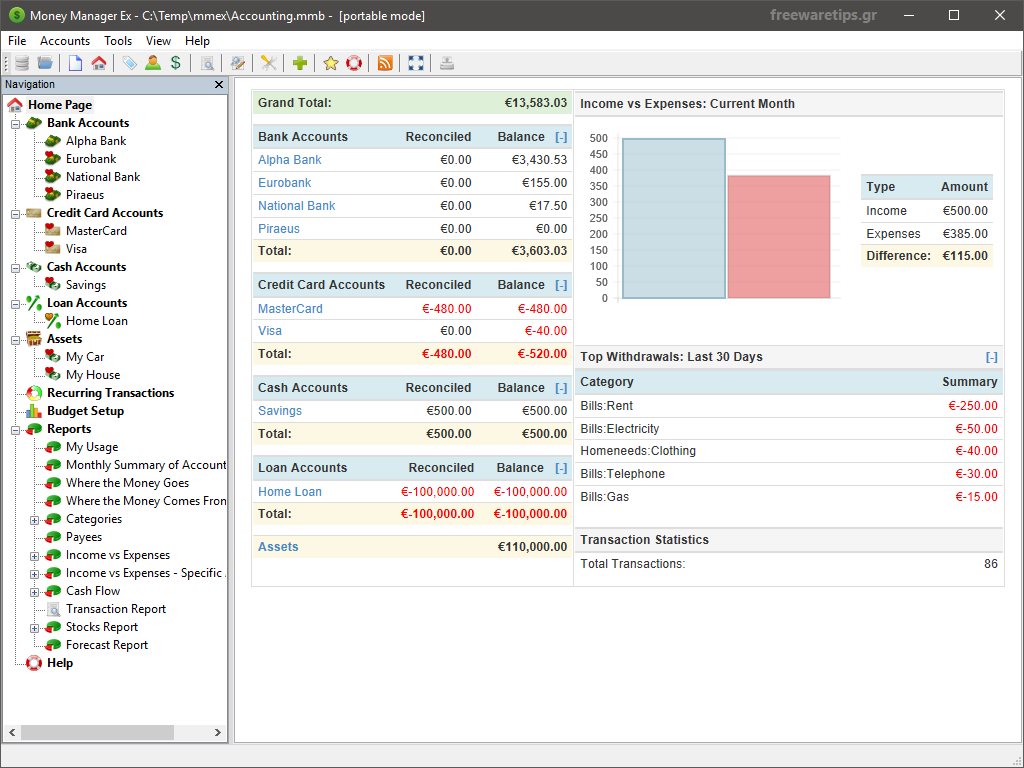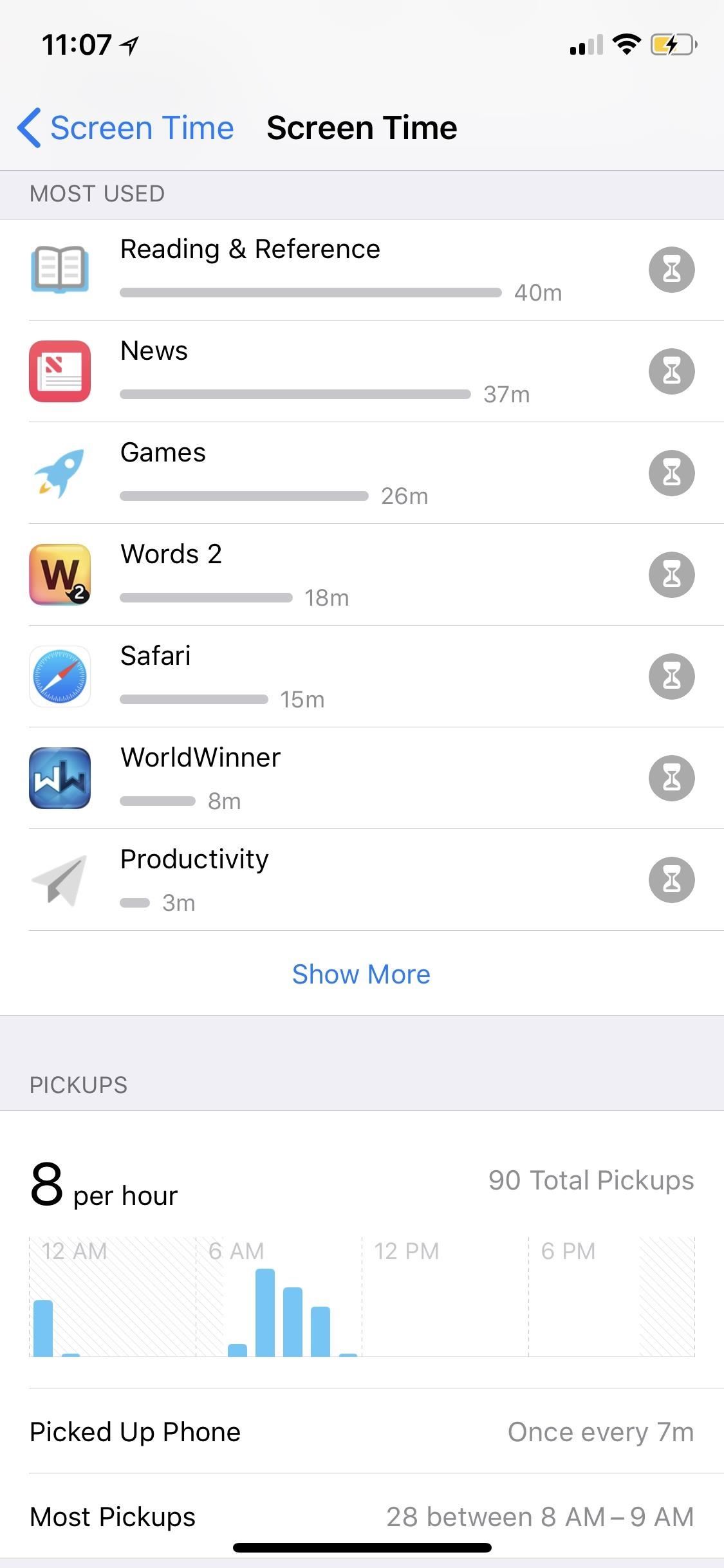

- MAC OS TRACK INTERNET DOWNTIME HOW TO
- MAC OS TRACK INTERNET DOWNTIME UPGRADE
- MAC OS TRACK INTERNET DOWNTIME MAC
MAC OS TRACK INTERNET DOWNTIME MAC
If your Mac has an HDD in though, click the Bytes Written and Bytes Read column headers to sort the apps and see if any are reading or writing excessive amounts of data. The Disk tab is much less important if you have a Mac with an SSD because they are many times faster than old hard disk drives. Unfortunately, many Macs are not upgradeable, but it depends on the model and older ones are more easily upgraded than new ones.
MAC OS TRACK INTERNET DOWNTIME UPGRADE
The Memory Pressure chart shows whether you have sufficient RAM (green), could maybe use a bit more (orange), or if it desperately needs an memory upgrade (red). I have seen Chrome use over 2 GB at times and increasing, and have had to close tabs on bad sites. Select the Memory tab and see if any processes are using large amounts of memory. An unusually large number might indicate a problem or at least a reason why your Mac has been running slowly. The apps that use the most CPU time are the ones that you have been using the most, obviously, but sometimes you can see other things in there that are not visible on the screen - apps and services that run in the background. Click the column header to sort the apps into ascending order and then again to sort into descending order so the most demanding apps are at the top. If this is not visible in Activity Monitor, go to the View, Columns menu and tick CPU Time. What you need to look at is the CPU Time column. The live %CPU column would not tell you this.

An app might be using the CPU very lightly right now, but it could have been hogging the processor for the previous hour. This is the total time the processor has dedicated to an app. Sometimes you might need to restart your Mac.Ī live display of CPU usage is useful, but there is another useful statistic that you should look at. I gave GIMP a huge photo to process, then quickly took the screenshot, but sometimes apps crash and show anywhere up to 100% CPU usage, and apps that should not even be working hard sometimes use a lot of CPU power. Is this a problem? When an app uses a lot of CPU, it could be a problem. In the screenshot above GIMP is running the CPU at 53.9%. It is best to sort with the apps that are working the processor the most at the top. Click it to sort the column into ascending order and click it again to sort into descending order. The %CPU column is displayed by default and this shows the workload each application is placing on the processor right this second. There are five tabs in the toolbar at the top (four if you are not running the latest version of OS X), and the one to select is CPU. The obvious tool to use to find which apps use the most processing power is Activity Monitor and this can be started from the Applications/Utilities folder on the disk drive. Monitor CPU, memory, disk with Activity Monitor
MAC OS TRACK INTERNET DOWNTIME HOW TO
Also read Find out what is slowing down your Apple Mac and how to fix it. If your computer is running more slowly than you think it should be, an activity monitor can help you to identify the problem. SSDs have solved a lot of performance problems that would seriously affect old computers with mechanical disk drives, however, SSDs have a limited number of writes and a heavy user of the drive could shorten its life, but which apps are using the drive too much? Which app uses the most memory? It might be useful to find out. An SSD is fast, but is several times slower than RAM, so even on a new Mac it is best to avoid apps that use too much memory.Ī RAM hog on an old Mac with a hard disk drive is a performance killer and you will spend a lot of time looking at the spinning beach ball as you wait for apps to do even the simplest thing when all the memory us used up and macOS starts using the disk drive as memory storage. Sometimes apps use too much memory and when this happens, the Mac can slow down as it uses the drive as an extension to memory.

Chill your Mac by closing or avoiding apps that use too much CPU. One of the ways macOS copes with execessive heat is to slow the CPU down, which reduces the performance of the Mac. Don'ty worry, there are systems in place to prevent heat damage, but it is best not to test them. Which apps does your iMac or MacBook spend the most time processing?Īpps that drive the CPU hard cause the Mac the get hot an heat is a killer of electrical components.

See how to use Activity Monitor, TOP and XRG to find the problem apps.ĭo you know which applications use the most processing power in your computer? Some apps seem to demand more of the CPU than others and when the usage is high, the Mac can slow down. Some applications slow down the Mac by using too much processing power, too much memory or constantly accessing the disk.


 0 kommentar(er)
0 kommentar(er)
